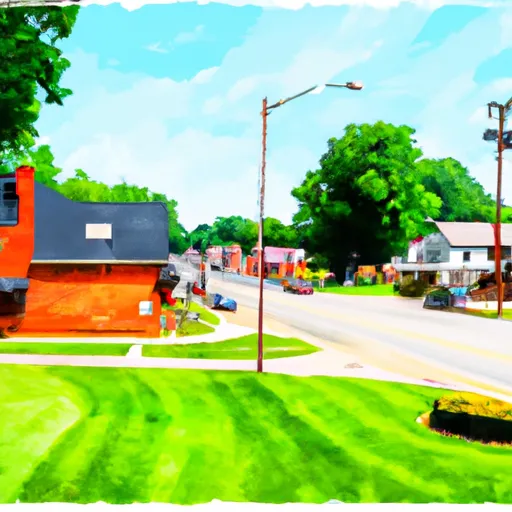°F
°F
mph
Windspeed
%
Humidity











Brookville, Ohio is a small town located in Montgomery County. The climate in Brookville is characterized by warm summers and cold winters, with an average annual temperature of 51°F. The town is home to a number of small streams and wetlands, which contribute to the local hydrology. The constituents of these waterways include sediment, nutrients, and various pollutants. Outdoor recreation opportunities in Brookville include hiking, fishing, and boating at nearby Wolf Creek and Englewood MetroParks. The town is also home to a number of community parks, which offer a variety of amenities such as playgrounds, picnic areas, and sports fields.
Weather Forecast
Brookville receives approximately 1032mm of rain per year, with humidity levels near 81% and air temperatures averaging around 11°C. Brookville has a plant hardyness factor of 6, meaning plants and agriculture in this region thrive during a short period during spring and early summer. Most plants will die off during the colder winter months.
Regional Streamflow Levels
38
Cubic Feet Per Second
24
Cubic Feet Per Second
1,150
Cubic Feet Per Second
939
Cubic Feet Per Second
Nearby Camping
| Camping Area | Reservations | Toilets | Showers |
|---|---|---|---|
| Fort Boonesborough State Park | |||
| Kentucky Horse Park Campground | |||
| Harrison Lake State Park | |||
| Boltz Lake Ramp - DFWR | |||
| Lake Hudson State Rec Area |



